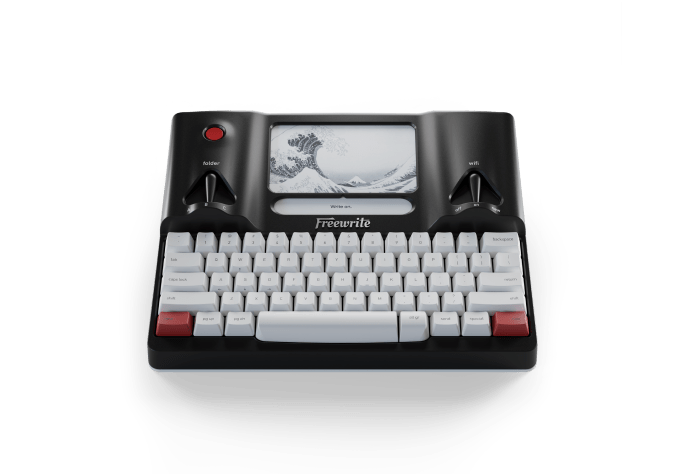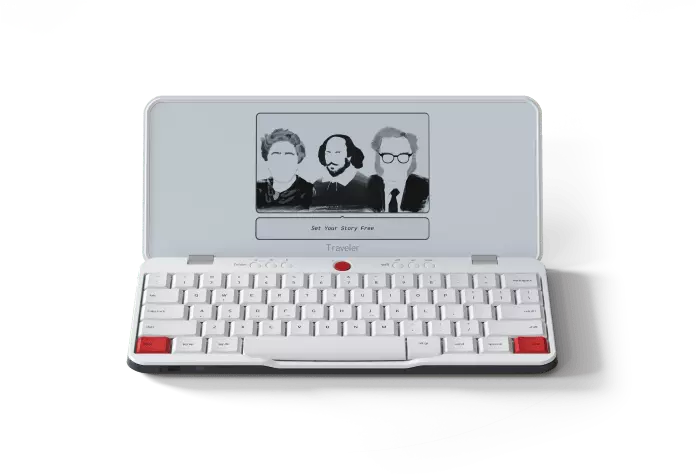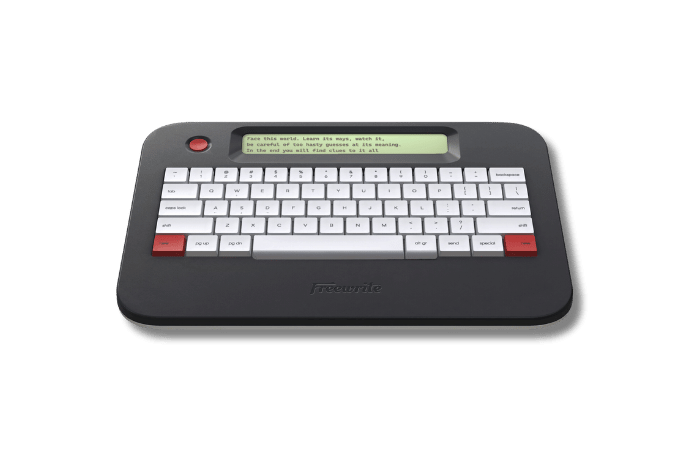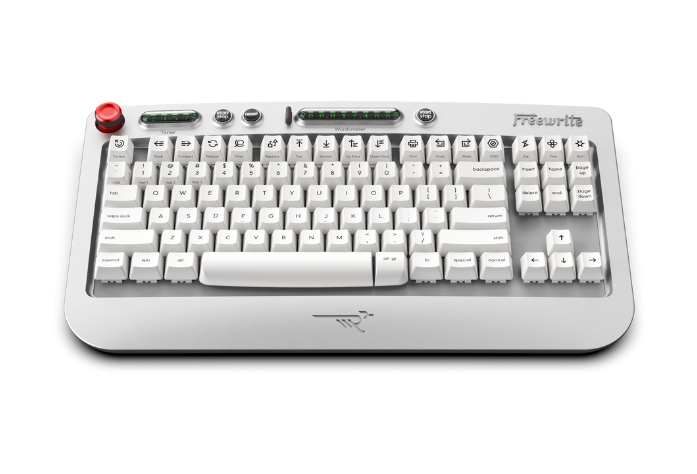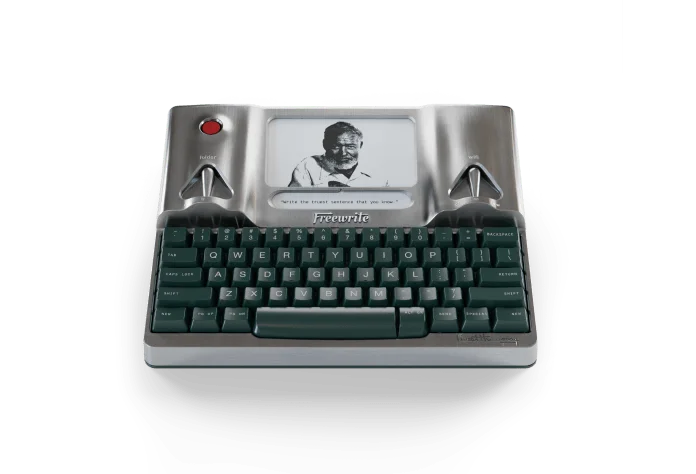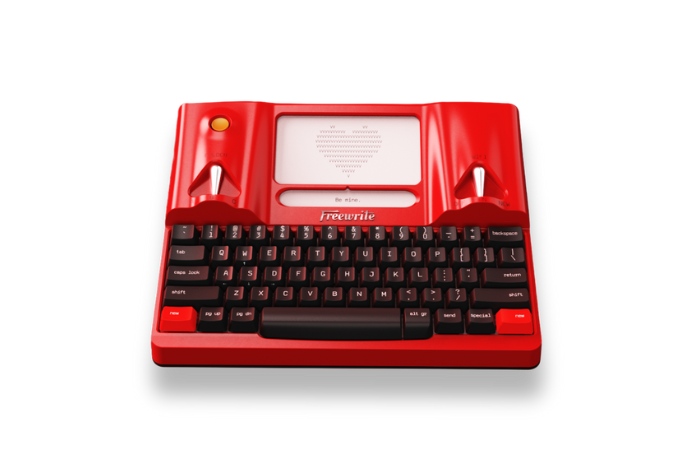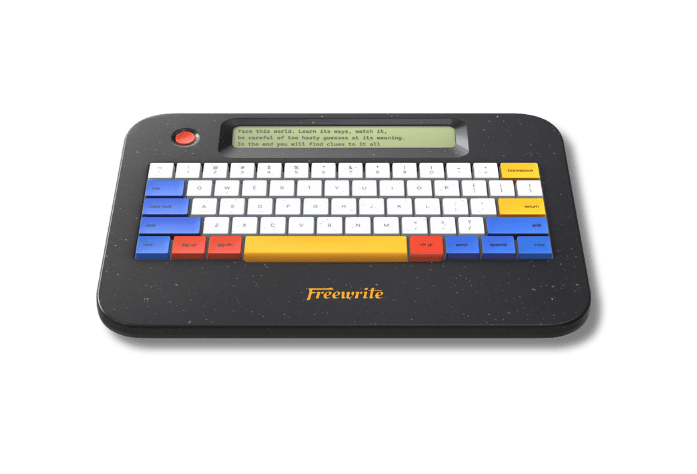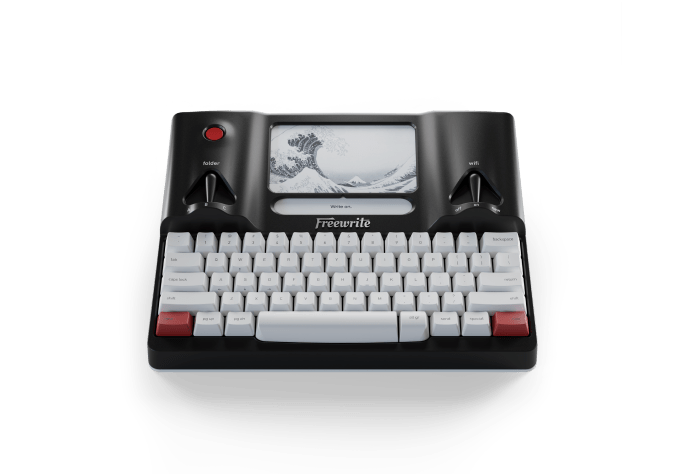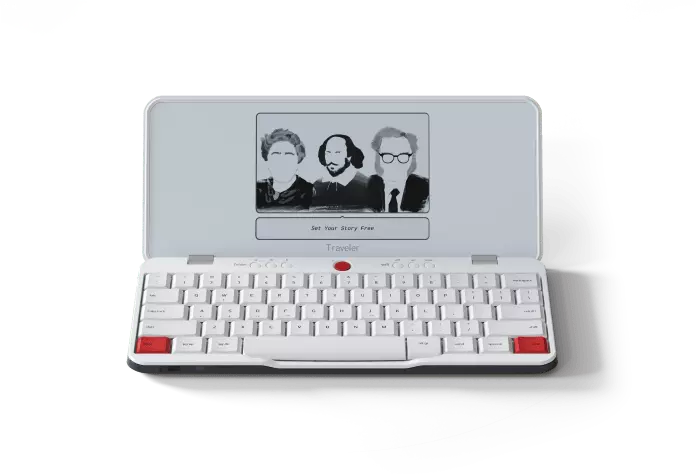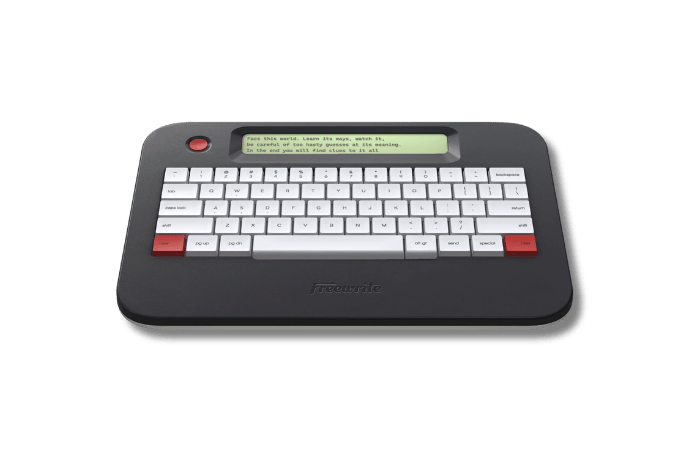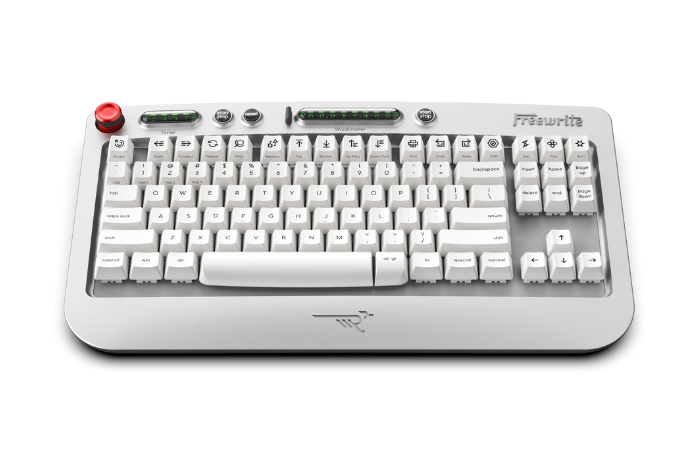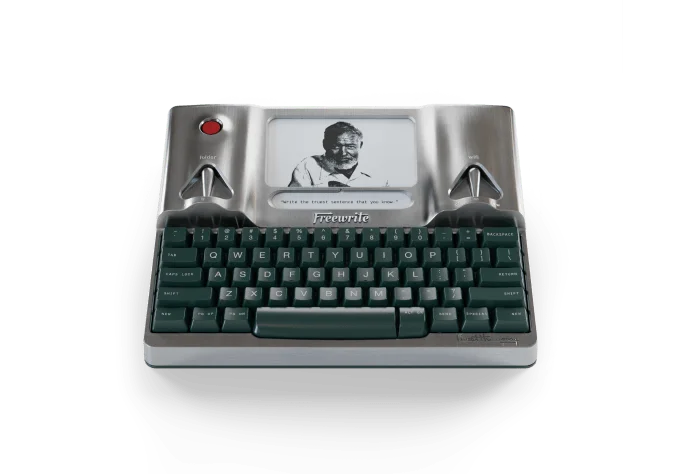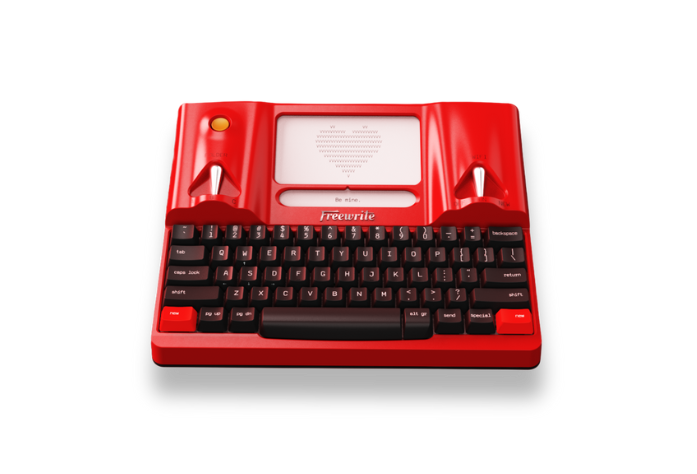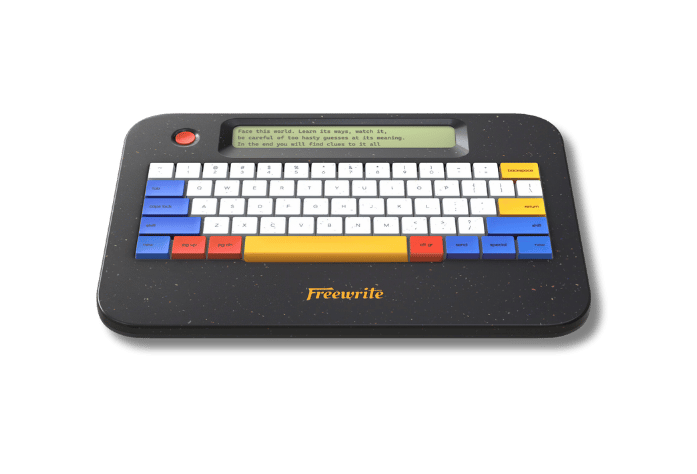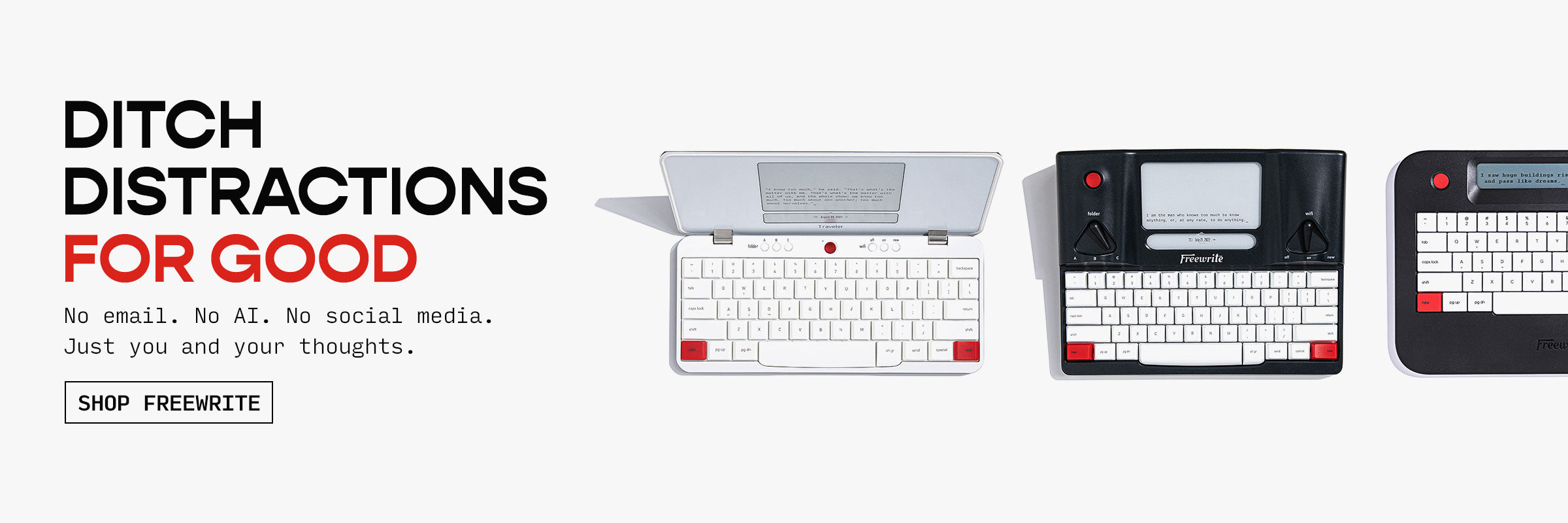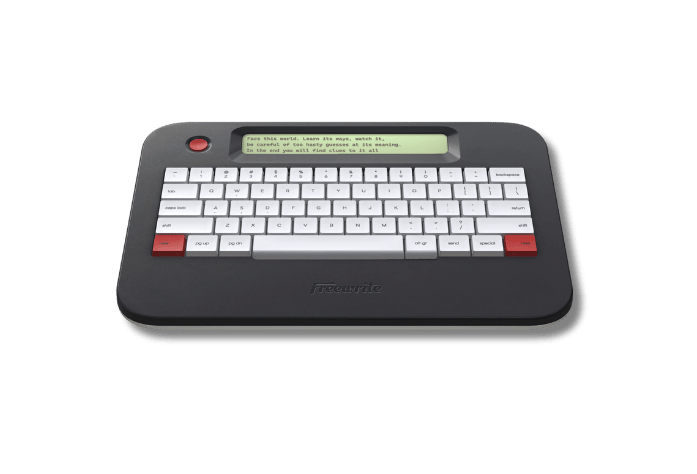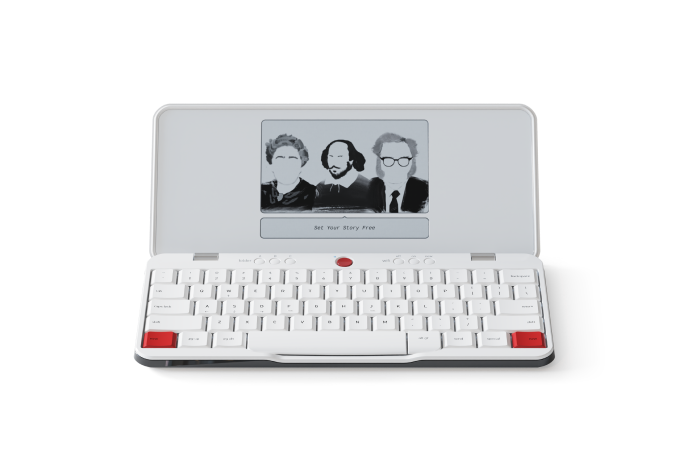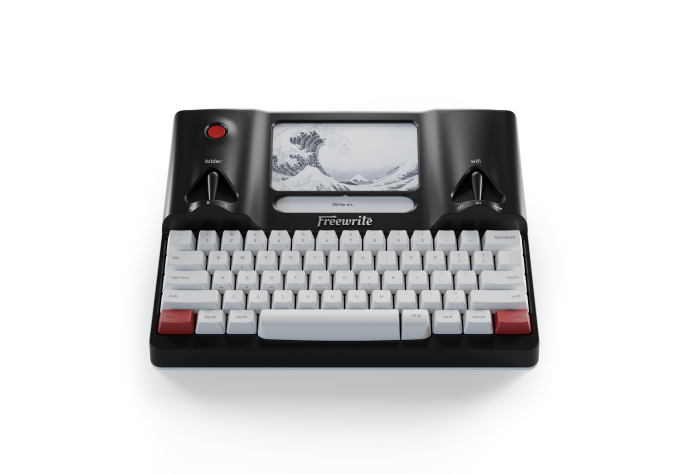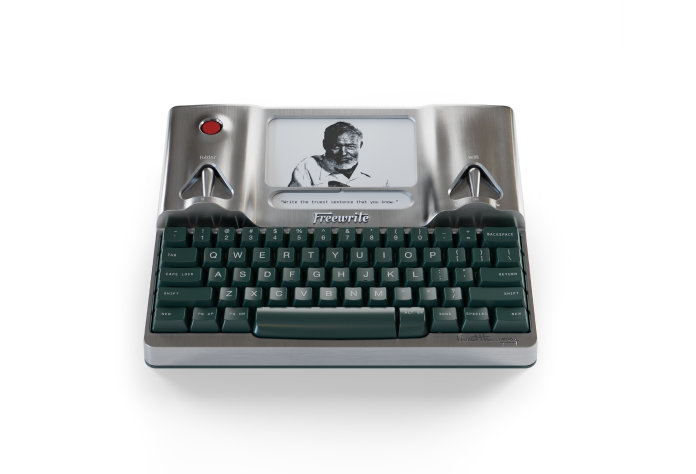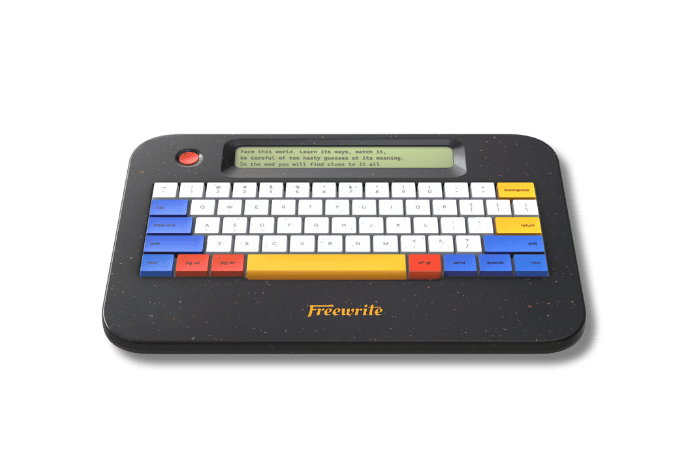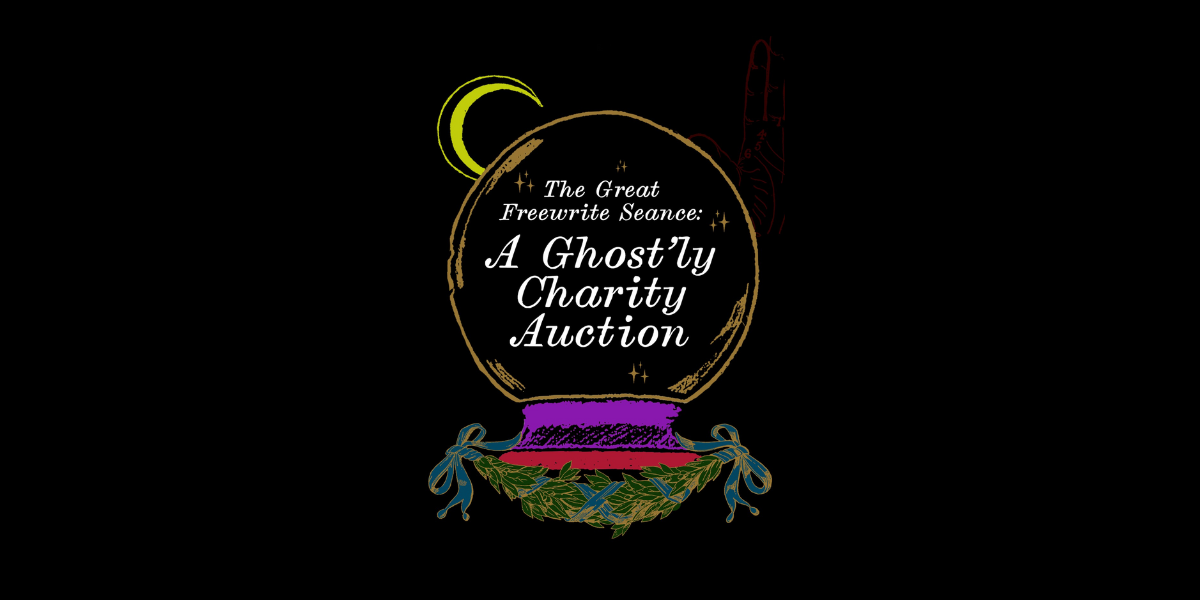A picture is worth a thousand words.
It’s an old saying that means you can convey a lot of information with a single image. As a writer, you generally don’t have the benefit of imagery to go along with your words, so instead, you need to find simple and effective ways to paint vivid mental pictures for your readers. Ideally, you want your writing to be richly descriptive without using long-winded explanations.
One way to do this is with the use of similes and metaphors. Both are ways of describing something by comparing it to something else, but there’s one subtle difference:
- A simile is when you say something is like something else.
- A metaphor is when you say something is something else.
The best way to understand each method is to examine some examples.
Similes
“All at once he sprang into jerky agitation, like one of those flat wooden figures that are worked by a string.” (from Lord Jim by Joseph Conrad)
Remember those toys? Their limbs had joints at the shoulders, elbows, hips and knees. One pull on the string dangling down from their back would cause their arms and legs to fly in all directions. By applying this mental image to a human body, you can clearly picture the action that Joseph Conrad was describing.
“By this time Scarlett was boiling, ready to rear like a horse at the touch of a strange rough hand on its bridle.” (from Gone With The Wind by Margaret Mitchell)
Margaret Mitchell could have said “Scarlett was very angry,” but by comparing her to an easily-startled horse, she has conveyed the explosive nature of the emotion simmering just under the surface, ready to burst out at the slightest provocation.
“The guinea pigs, awake and nibbling, were making a sound like that of a wet cloth rubbed on glass in window-cleaning.” (from Arrowsmith by Sinclair Lewis)
Anyone who has cleaned a window knows the distinctive noise that comes from the friction of a damp cloth on the glass. This quirky simile makes the sentence much more interesting than if Sinclair Lewis had merely said the guinea pigs were squeaking.
“I had no choice but to hobble like an off-balance giraffe on my one flat, one four-inch heel arrangement.” (from The Devil Wears Prada by Lauren Weisberger)
The use of a giraffe in this simile is perfect because it’s so easy to picture its long, gangly legs, and the way that a baby giraffe struggles to control its limbs when it first gets up after being born.
As you can see from these examples, the object that the writer uses as a comparison is something that is easily identifiable to the reader, and that creates a distinct mental image, engaging the reader’s memory and imagination.
Metaphors
“Life is a highway.” (from the song by Tom Cochrane)
“Life is a rollercoaster.” (from the song by Ronan Keating)
Obviously, life is not actually a highway or a rollercoaster, but both these metaphors convey the fact that life is a long, twisting journey that has highs and lows. Both highways and rollercoasters conjure up images of adventure, excitement, fear, elation, beginnings and destinations. They’re both something that you travel on, and they present you with diverse experiences along the way. For comparison, the movie Forrest Gump contains the famous simile, “life is like a box of chocolates.”
“Love is a snowmobile racing across the tundra, and then suddenly it flips over, pinning you underneath.” (from Matt Groening, The Big Book of Hell)
While comparing love to a snowmobile crash might seem an unusual metaphor, it’s an effective one. It’s suggesting the rush and the exhilaration as you speed across the snow is much like the joyous out-of-control feeling when you fall head over heels for someone. Then, before you know it, the shock of commitment hits and suddenly you feel trapped.
“Mr. Neck storms into class, a bull chasing thirty-three red flags." (from Speak by Laurie Anderson)
While Mr. Neck isn’t really a bull, the imagery of him acting like one is highly evocative – wild eyes, flaring nostrils, huffing and puffing, each of his thirty-three students a red flag causing his rage.
“‘Life,’ wrote a friend of mine, ‘is a public performance on the violin, in which you must learn the instrument as you go along.’” (from A Room with a View by E.M. Forster)
If you’ve ever listened to a novice violinist, you’re probably familiar with the painful screeching noise that often accompanies their early attempts at music. The violin is notoriously hard to learn and can take many years to master, but the results can be glorious if you put enough work in, which makes it an excellent metaphor for life.
“What light through yonder window breaks? It is the East, and Juliet is the sun!” (from Romeo and Juliet by William Shakespeare)
No, Juliet is not a flaming ball of gas. The sun definitely is – but it’s much more than that. It’s the source of all life. It provides solar energy to feed plants which in turn feed other creatures and create oxygen. It governs the water cycle in our atmosphere. Without the sun, we’d cease to exist. And that’s how Romeo feels about Juliet. She is everything to him, and he cannot survive without her. William Shakespeare could have used a simile and said that Juliet was like the sun, suggesting she was radiant and beautiful, but that would have been much less powerful.
How to use similes and metaphors
Sophie opened the back door and stepped into the garden. It was hot and humid.
Now, let’s use a simile and a metaphor to describe the same event.
Simile: Sophie opened the back door and stepped into the garden. It was like walking into a sauna.
Metaphor: Sophie opened the back door and stepped outside. The garden was a sauna.
Either method works well and is more interesting than just stating it was hot and humid. The simile and metaphor both encourage the reader to recall the feeling of entering a sauna – the oppressive, close, muggy heat that makes sweat trickle down your back without evaporating.
When you’re using similes and metaphors, there are a few things you need to avoid:
1. Awkward Comparisons
If you say, “the smell hit me like falling rock”, it sounds awkward because a smell is not a physical object, and because smells don’t drop from the sky.
2. Overused Cliches
A lot of similes and metaphors are clichés, and these should be used very sparingly. A few examples:
- Dead as a dodo
- Stubborn as a bull
- Quiet as a mouse
- Raining cats and dogs
- The calm before the storm
3. Mixed metaphors
A mixed metaphor is where you combine two or more incompatible metaphors, often with ridiculous results.
“Sir, I smell a rat; I see him forming in the air and darkening the sky, but I'll nip him in the bud.” (attributed to Sir Boyle Roche)
“Yes, you just like to play the cool Will Truman while I'm all the intense crazy one. Well, once the bowling shoe is on the other foot, look who's the good cop and look who's the bad cop.” (Grace Adler from Will & Grace)
“'I don't like it. When you open that Pandora's box, you will find it full of Trojan horses.” (Ernest Bevin, Labour Foreign Secretary)
4. Overuse
Like all good things, similes and metaphors should be used in moderation. If you’re using several per paragraph, that’s probably too many. Use them conservatively for maximum effect.
That's everything you need to know about when to use metaphors vs. similes in your writing. Do you have a metaphor or simile that you are particularly proud of? Let us know in the comments below!
About the author:
Claire Wilkins is a freelance copywriter and editor from New Zealand. She loves to write about travel, health, home, and proper punctuation. After a career in financial services spanning almost three decades, Claire left the corporate world behind to start Unmistakable - her writing and editing business. She creates website copy, blogs, and newsletters for creative agencies and small businesses, and specialises in polishing existing content until it shines. In her spare time, Claire enjoys cloud-spotting, singing in the car and editing video. You can find her at www.unmistakable.co.nz and https://www.facebook.com/UnmistakableNZ/.

